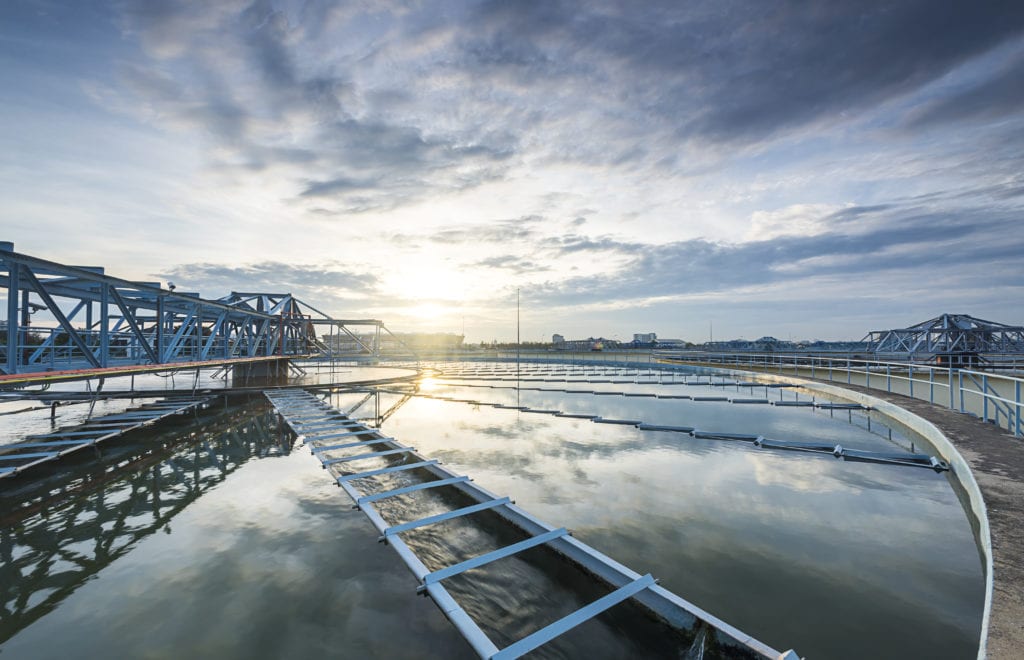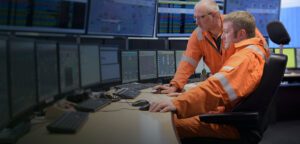 Weather forecasts for heavy rainfall, reports of network blockages or overloaded treatment plants create stress for utility providers and concern for staff and customers. Wet weather (rain and snowmelt) can significantly increase flows at wastewater treatment facilities to a point where you have Combined Sewer Overflow (CSO) and Sanitary Sewer Overflow (SSO) events that can potentially impact operations, treatment efficiency and reliability and incompliance with environmental legislations.
Weather forecasts for heavy rainfall, reports of network blockages or overloaded treatment plants create stress for utility providers and concern for staff and customers. Wet weather (rain and snowmelt) can significantly increase flows at wastewater treatment facilities to a point where you have Combined Sewer Overflow (CSO) and Sanitary Sewer Overflow (SSO) events that can potentially impact operations, treatment efficiency and reliability and incompliance with environmental legislations.
Current approaches to wet weather control rely mainly on gray or green (or a combination of the two) infrastructures. Based on an article from the EPA, “the lack of implementation of technological advances in treatment facilities is a concern for the approximately 860 municipalities utilizing combined sewer systems in the United States.”
One way to advance this process is through wireless transfer of acquired data providing real-time or near real time visibility into your remote assets, such as electromagnetic flowmeters, for example. The insights provided to the staff and management team will allow them to mitigate the potential impact of these unplanned events.
Real-time data gives you actionable insights into your plant
By having full visibility of your systems in real time, you can manage your network data effectively and mitigate Combined Sewer Overflow (CSO) and Sanitary Sewer Overflow (SSO) events. The wireless instrumentation system allows users to set up alarms and alerts when thresholds are exceeded, or impending overflows are imminent providing enough time to react prior to the wet weather event.
With a monitoring system in place, you can potentially avoid regulatory (e.g., EPA) fines for non-compliance with environmental legislation giving you and your customers peace of mind. With the Schneider Electric Data Logger system, you can potentially avoid costly and hazardous inspection visits for discrepancies in environmental reporting and confidently verify compliance with data retrievable from the system. According to the U.S. Geological Survey, “poor data quality, redundant data and lost data can cost organizations 15 to 20 percent of their operating budget” (USGS n.d.).
Use case with mitigating overflow concerns
By utilizing wireless technology in their networks, Metropolitan Sewer District of Greater Cincinnati was able to reduce overflow volumes by 247 million gallons annually. The capital cost to implement wireless systems was reduced more than 90 percent, as compared to initial capital investments to upgrade the aging infrastructure. Combined sewer overflow mitigation was achieved at a price of less than $0.01/gallon minimizing impact to the end customer.
End-to-end system to combat unplanned wet weather events
This is only one example of utilizing technology such as data loggers, web-based visualization, and sensors to mitigate the risk associated with unplanned wet weather events.
Schneider Electric’s end-to-end wireless instrumentation system, including the 4G LTE (Long Term Evolution) Data Logger, a web-based visualization tool and sensor, is a proven solution for utility companies looking to overcome sewage overflow challenges and risks.
Visit the EcoStruxure Data Hub



